Relative risk reduction The difference in the risk of the event between the control and experimental groups, relative to the control group RRR = (CER EER)/CER Use this term if the event is bad eg death Relative risk reduction 2 An alternative way of calculating the relative risk reduction is to use the relative risk RRR = (1 RR)The probability of PONV with no Drug X is 40/100 or 040 Therefore, the relative risk for PONV with Drug X vs PONV without Drug X is 0/040 = 05 Odds ratios are used instead of relative risk for casecontrol studies To be able to calculate relative risk, we compare the risks of outcome in different groups We illustrated both relative risks and odds ratios using bar charts, then looked at the types of study for which each statistic is suited We demonstrated calculation of relative risks and odds ratios through analysis of tabled data from a recent published longitudinal study, using a 2 × 2 table and R, the opensource statistical programming language

Pdf Calculation Of Confidence Intervals For Relative Risk And Odds Ratio Using Statxact Semantic Scholar
Odds ratio vs relative risk calculation
Odds ratio vs relative risk calculation-2x2 Contingency Table with Odds Ratios, etc ·Rates, Risk Ratio, Odds, Odds Ratio, Log Odds ·Phi Coefficient of Association ·ChiSquare Test of Association ·Fisher Exact Probability Test For two groups of subjects, each sorted according to the absence or presence of some particular characteristic or condition, this page will calculate Treatment group 5 deaths, 95 survive Risk = 5/100 = 005, Odds = 5/95 = 0053 Control group 8 deaths, 92 survive Risk = 8/100 = 008, Odds = 8/92 = 0087 Risk ratio = 005/008 = 0625 Odds ratio = 0053/0087 = 0609 So we can say that the treatment reduces the risk of the outcome to 625% of what it would otherwise have been The odds of the



Research Statistics Basics Contents 1 Basic Concepts 2 References Basic Concepts Null Hypothesis The Hypothesis That The Independent Variable Has No Effect On The Dependent Variable For Example Steroids Do Not Improve Outcomes In Ards Would Be
RELATIVE RISK AND ODDS RATIO Risk and Odds just seemed the same to me for a long time Since then, I have come to understand to important difference Lets start with Relative Risk Relative Risk can be addressed by asking the following question How many times more likely is an "exposed" group to develop aERRATA At about the 300 mark the slide says "10,00" when it is really supposed to say "10,000" I added a pop up box to fix it Thanks to Mehdi Hedjazi forThe risk ratio (or relative risk) is the ratio of the risk of an event in the two groups, whereas the odds ratio is the ratio of the odds of an event (see Box 92a ) For both measures a value of 1 indicates that the estimated effects are the same for both interventions Neither the risk ratio nor the odds ratio can be calculated for a study
In medical literature, the relative risk of an outcome is often described as a risk ratio (the probability of an event occurring in an exposed group divided by the probability in a nonexposed group) Certain types of trial designs, however, report risk as an odds ratio Relative measures of effect are risk ratio (ie the ratio between two incidence proportions), incidence rate ratio (the ratio between two incidence rates), and OR (the ratio between two odds) The risk difference is an absolute measure of effect (ie the risk of the outcome in exposed individuals minus the risk of the same outcome in unexposed) The relative risk is different from the odds ratio, although the odds ratio asymptotically approaches the relative risk for small probabilities of outcomesIf IE is substantially smaller than IN, then IE/(IE IN) IE/IN Similarly, if CE is much smaller than CN, then CE/(CN CE) CE/CN Thus, under the rare disease assumption = () () = In practice the odds ratio is
Relative Risk and Odds Ratio Calculator This Relative Risk and Odds Ratio calculator allows you to determine the comparative risk of the occurrence of a significant event (or outcome) for two groups For example, suppose the members of one group each eat a kilo of cheese every day, and the members of another group eat no cheese, and you have data for both groups on the For example, a relative risk of 15 would suggest a 50% increase in risk, whereas a relative risk of 05 would suggest a 50% decrease in risk Odds ratios The main difference between this and the other two measures is that there is no way of including a The odds ratio is three both ways (or at least, 3 in one direction and 1/3 in the other) Most situations where we want these statistics, I think relative risk ratios are much better, more intutitive, and easier to explain I don't think the asymmetry matters much in most communications, whereas the misunderstanding of odds ratios often does




On Biostatistics And Clinical Trials Odds Ratio And Relative Risk




Definition And Calculation Of Odds Ratio Relative Risk Stomp On Step1
Includes the 95% of risk ratios of these 100 population samples Thus, the 95% CI is the interval of values in which the true risk ratio is likely to lie with a probability of 95% To be statistically significant with a Po005, a risk ratio should have a 95% CI not including 10 Thus, in the HOPE study, the risk ratio of 078 (95% CI 070–0 risk = odds/ (1odds) "Most published research providing an odds ratio as a measure of effect size should also provide sufficient information for the baseline risk, and hence the relative risk, to be calculated If numbers in each group are given, the crude relative risk can be calculated directly" – BMJ 14;348f7450 doi /bmj Risk ratios, odds ratios, and hazard ratios are three common, but often misused, statistical measures in clinical research In this paper, the authors dissect what each of these terms define, and provide examples from the medical literature to illustrate each of these statistical measures Finally, the correct and incorrect methods to use these measures are summarized




The Difference Between Relative Risk And Odds Ratios The Analysis Factor




Epidemiology Odds Ratio Or Bean Around The World
The ratio of the risk of healing in the elastic bandage group to the risk in the inelastic bandage group is called the risk ratio For Table 4, the risk ratio = 0538/0284 = 1 The risk ratio is also called the relative risk and the rate ratio, all of which can be conveniently abbreviated to RRBoth the odds ratio and the relative risk compare the relative likelihood of an event occurring between two groups The relative risk is easier to interpret and is consistent with general intuition Some designs, however, allow only for the calculation of the odds ration Covariate adjustment is easier for an odds ratioThe odds ratio ((a/c)/(b/d)) looks at the likelihood of an outcome in relation to a characteristic factor In epidemiological terms, the odds ratio is used as a point estimate of the relative risk in retrospective studies Odds ratio is the key statistic for most casecontrol studies




How To Be Awesome At Biostatistics And Literature Evaluation Part Ii Tl Dr Pharmacy




Evidence Of Safety Pooled Relative Risk Rr Or Odds Ratio Or And Download Table
When the disease is rare, the odds ratio will be a very good approximation of the relative risk The more common the disease, the larger is the gap between odds ratio and relative risk In our example above, p wine and p no_wine were 0009 and 0012 respectively, so the odds ratio was a good approximation of the relative risk OR = 0752 and RR = 075The relative risk and the odds ratio are measures of association between exposure status and disease outcome in a population The odds ratio (OR) is the ratio of the odds of cancer in smokers to the odds of cancer in nonsmokers OR = (a/b)/ (c/d) = (ad)/ (bc) The risk ratio (RR), also called the relative risk, is the ratio of the probability of cancer in smokers to the probability of cancer in nonsmokers Given that you know a, b, c, and d, you can compute either of




Converting An Odds Ratio To A Range Of Plausible Relative Risks For Better Communication Of Research Findings The Bmj




Lecture3
The simple relative risk is 055 and the simple odds ratio is 025Clearly the probability of fathering a child is strongly dependent on a variety of demographic variables, especially age (the issue of marital status was dealt with by a separate analysis) The control group was 84 years older on average (435 years versus 351), showing the need to adjust for this variable Question 23 from the second paper of 08 asked the candidates to define effect size Effect size is a quantitative reflection of the magnitude of a phenomenon; Examples of measures of association include risk ratio (relative risk), rate ratio, odds ratio, and proportionate mortality ratio Risk ratio Definition of risk ratio A risk ratio (RR), also called relative risk, compares the risk of a health event (disease, injury, risk factor, or death) among one group with the risk among another group
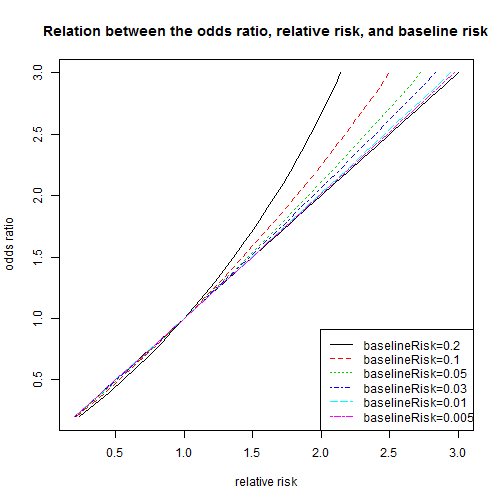



Relation Between The Odds Ratio Relative Risk And Baseline Risk




Absolute Relative And Attributable Risks Outcomes Or Differences That We Are Interested In Differences In Means Or Proportions Odds Ratio Or Ppt Download
Odds Ratio and Relative Risk are examined in epidemiological context Odds ratio can mislead if a "Common Event" is studied, since it can exaggerate effects Then calculate the odds ratio and relative risk using orr fun from mosaic package orr(M2,conflevel = 095, quiet = FALSE) What I want is same calculation for each row vs all other remaining rows Let me know if I am not clear r statisticsA value lower than 100 indicates decreased risk The 95% confidence intervals and statistical




Definition And Calculation Of Odds Ratio Relative Risk Stomp On Step1




Glossary Of Research Terminology
INTRODUCTION Odds ratio (OR) and risk ratio (RR) are two commonly used measures of association reported in research studies In crosssectional studies, the odds ratio is also referred to as the prevalence odds ratio (POR) when prevalent cases are included, and, instead of the RR, the prevalence ratio (PR) is calculated Once we calculate the odds ratio and relative risk, we may also be interested in computing confidence intervals for these two metrics A 95% confidence interval for the odds ratio can be calculated using the following formula 95% CI for odds ratio = exp(ln(OR) – 196*SE(ln(OR))) to exp(ln(OR) – 196*SE(ln(OR)))Odds ratios (OR) are commonly reported in the medical literature as the measure of association between exposure and outcome However, it is relative risk that people more intuitively understand as a measure of association Relative risk can be directly determined in a cohort study by calculating a risk ratio (RR)




When Can Odds Ratios Mislead The Bmj



Silo Tips Download Transcript Measuring Risk In Epidemiology B D A C Measuring Risk In Epidemiology
In a control group The odds ratio (OR) is the odds of an event in an experimental group relative to that in a control group An RR or OR of 100 indicates that the risk is comparable in the two groups A value greater than 100 indicates increased risk;The odds ratio should not be confused with relative risk or hazard ratios which might be close in certain cases, but are completely different measures Odds ratio vs Risk Ratio (Relative Risk) Odds ratios are not very intuitive to understand, but are sometimes used due to convenience in plugging them in other statistics The basic difference is that the odds ratio is a ratio of two odds (yep, it's that obvious) whereas the relative risk is a ratio of two probabilities (The relative risk is also called the risk ratio) Let's look at an example Relative Risk/Risk Ratio Suppose you have a school that wants to test out a new tutoring program
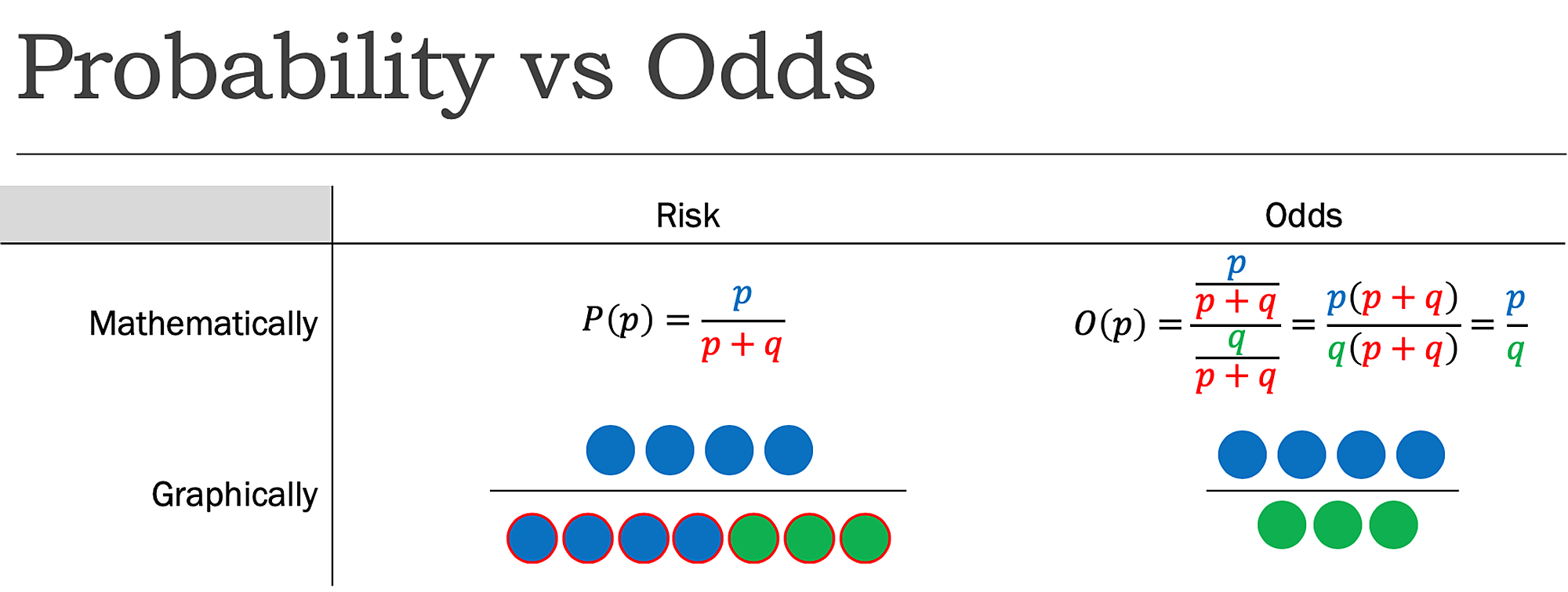



Cureus What S The Risk Differentiating Risk Ratios Odds Ratios And Hazard Ratios




Probability Lotto I Am Offered Two Lotto Cards
Even with initial risks as high as 50% and very large reductions in this risk (odds ratios of about 01), the odds ratio is only 50% smaller than the relative risk (01 for the odds ratio compared with a true value for the relative risk of 02)2) Relative Risk and Odds Ratio for the nonobese Relative Risk and Odds Ratio for the obese 3) Overall, you can see that decreasing the baseline incidence will decrease the odds ratio (300 in those who are nonobese versus 129 in those who are obese)For example, the magnitude of the positive effects of a drug on the study population Measures of effect size include absolute risk, relative risk, odds ratio and numbers needed to treat (NNT)
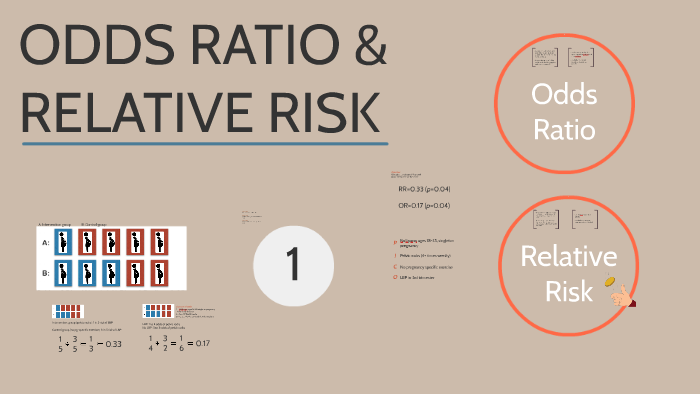



Odds Ratio Relative Risk By Susi Delaney On Prezi Next
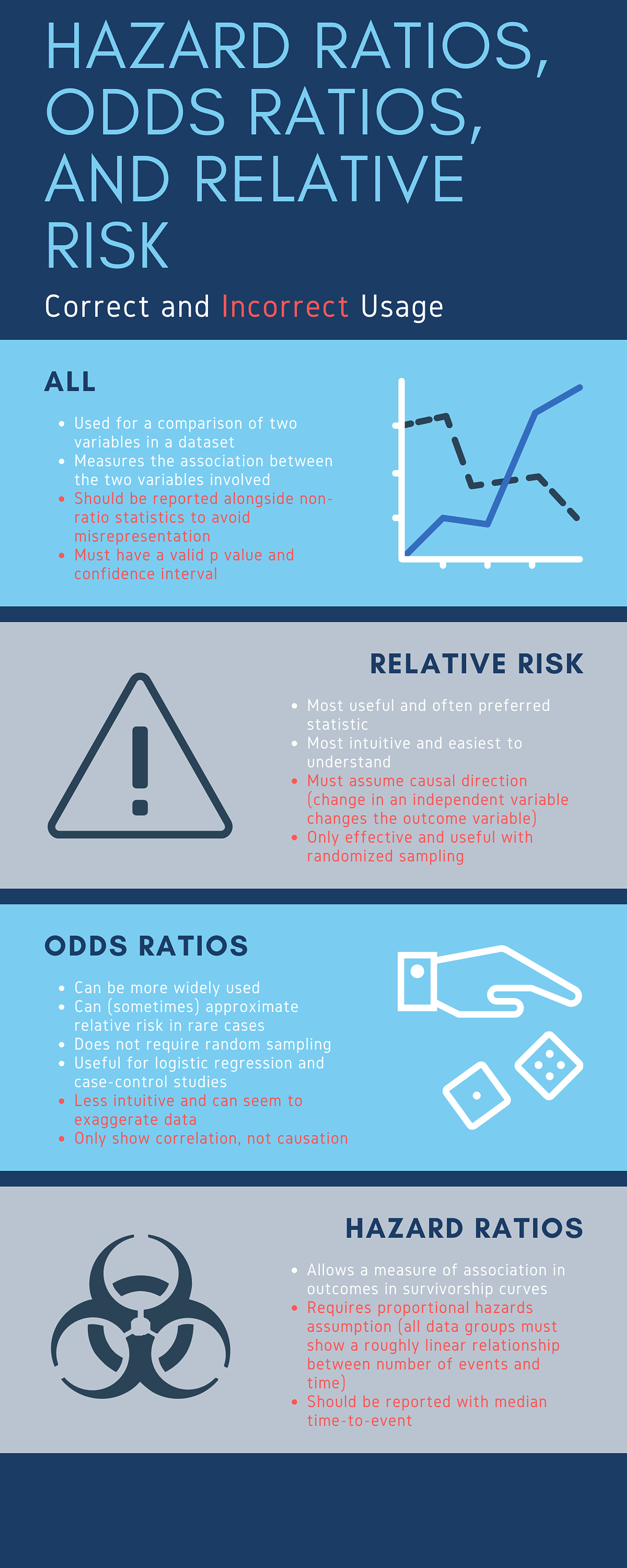



Cureus What S The Risk Differentiating Risk Ratios Odds Ratios And Hazard Ratios
Odds ratios (OR) significantly overestimate associations between risk factors and common outcomes The estimation of relative risks (RR) or prevalence ratios (PR) has represented a statistical challenge in multivariate analysis and, furthermore, some researchers do not have access to the available methods Objective To propose and evaluate a new method for Percent increase = (Risk Ratio lower bound – 1) x 100 Percent decrease = (1 – Risk Ratio upper bound) x 100 It's worth stating again when comparing two proportions close to 1 or 0, the risk ratio is usually a better summary than the raw difference Odds Ratios We now turn to odds ratios as yet another way to summarize a 2 x 2 tableLet us now look at the relation between the relative risk and the odds ratio (Zhang and Yu, 1998) OR= ˇ 1 1 1ˇ 1 ˇ 2 1 ˇ 2 = ˇ ˇ 2 1 2 1 1 = RR 2 1 (21) From this we see that OR is always further away from 1 than RR But, more importantly, we see that the odds ratio is close to the relative risk if probabilities of the outcome are small (Davies et al, 1998)




Interpreting Odds Ratios And Relative Risk Youtube



Silo Tips Download Transcript Measuring Risk In Epidemiology B D A C Measuring Risk In Epidemiology
The odds ratio is simply the ratio between the following two ratios The ratio between standard treatment and the new drug for those who died, and the ratio between standard treatment and the new drug for those who survived From the data in the table 1, it is calculated as follows OR = (a/b)/ (c/d) = (152/17)/Pute either the odds ratio or the relative risk to answer this question The odds ratio compares the relative odds of death in each group For women, the odds were exactly 2 to 1 against dying (154/308 05) For men, the odds were almost 5 to 1 in favor of death (709/142 4993) The odds ratio is 9986 (4993/05) There is a 10fold greaterRelative Risk (RR) & Odds Ratio (OR) The difference between odds and probability is important because Relative Risk is calculated with probability and Odds Ratio is calculated with odds Relative Risk (RR) is a ratio of probabilities or put another way it is one probability divided by another Odds Ratio (OR) is a ratio or proportion of odds I just remember that odds ratio is a ratio of odds and
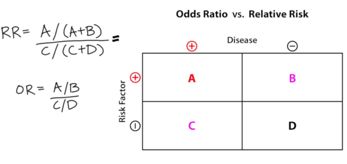



Behavioral Flashcards Memorang




Questionable Utility Of The Relative Risk In Clinical Research A Call For Change To Practice Journal Of Clinical Epidemiology




Ch 12 Relative Risk Rr Or Flashcards Quizlet




Relative Risk Wikipedia
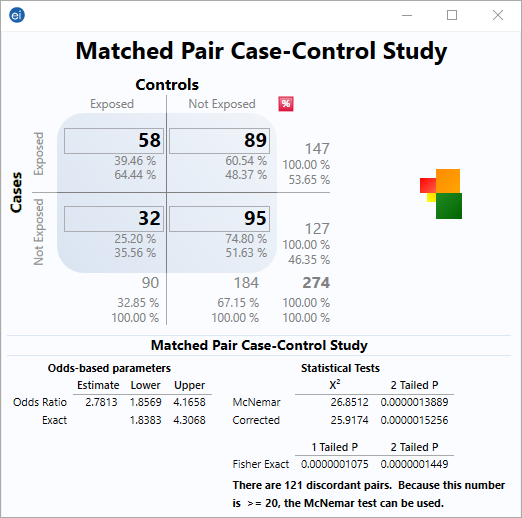



Matched Pair Case Control Statcalc User Guide Support Epi Info Cdc




Hazard Ratio Relative Risk Or Odds Ratio Of Selected Outcomes For The Download Table
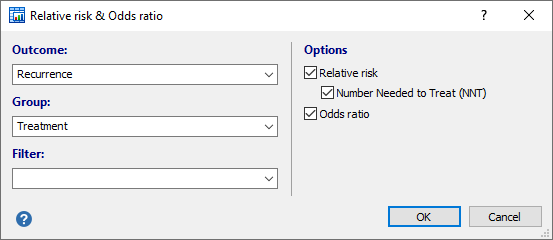



Relative Risk Odds Ratio
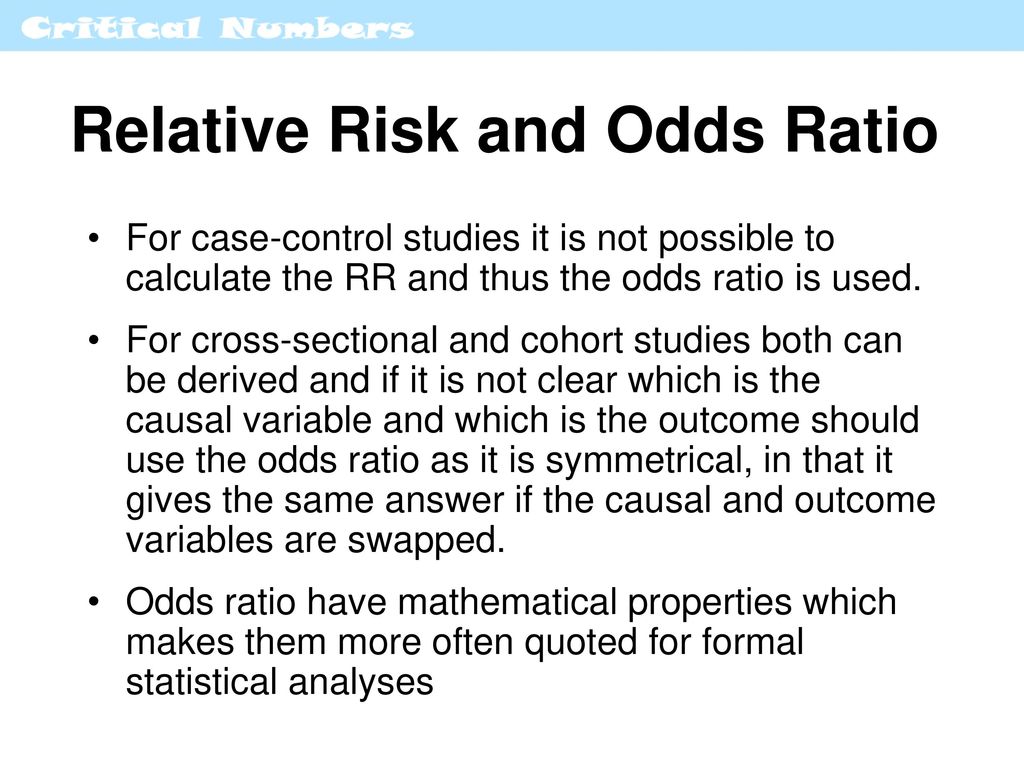



Critical Numbers Living With Risk Ppt Download




Math Formula To Reproduce A Plot Comparing Relative Risk To Odds Ratios Cross Validated




Odds Ratio Wikipedia




Relative And Attributable Risks Ppt Download




Relative Risk And Odds Ratio Usmle The Journey




Math Formula To Reproduce A Plot Comparing Relative Risk To Odds Ratios Cross Validated
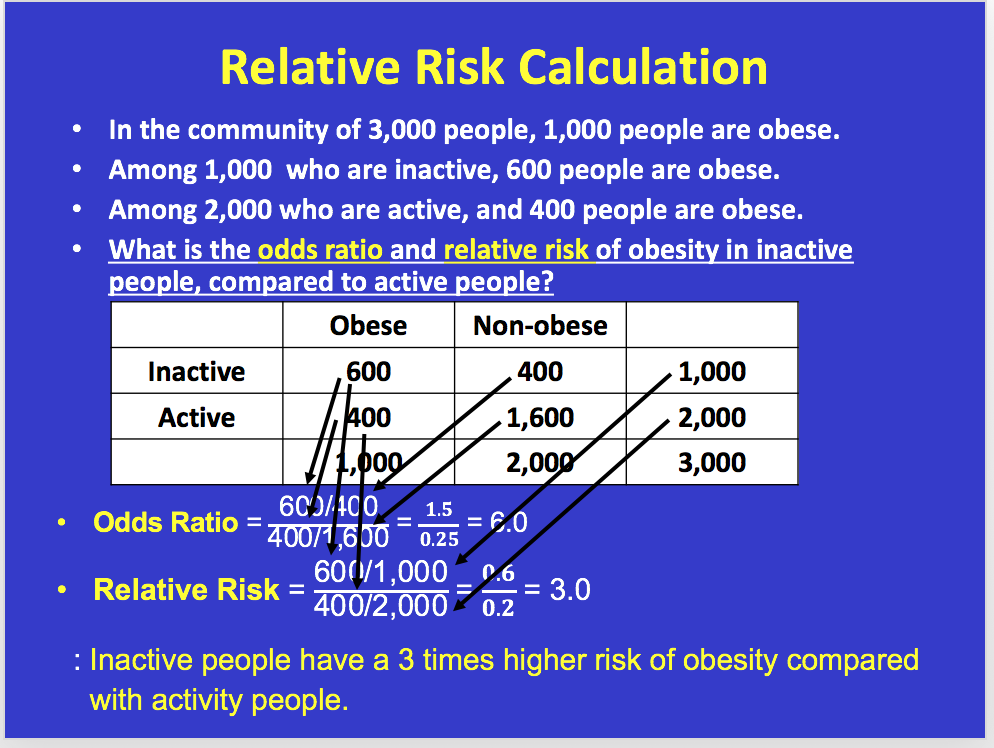



Youll Need To Know Prevalence Rate Odds Ratio Chegg Com




Statistics In Medicine Calculating Confidence Intervals For Relative Risks Odds Ratios And Standardised Ratios And Rates The Bmj




A Beginner S Guide To Interpreting Odds Ratios Confidence Intervals And P Values Students 4 Best Evidence



Research Statistics Basics Contents 1 Basic Concepts 2 References Basic Concepts Null Hypothesis The Hypothesis That The Independent Variable Has No Effect On The Dependent Variable For Example Steroids Do Not Improve Outcomes In Ards Would Be




Effect Estimates And The Role Of The Chance




Interpreting Basic Statistics Ppt Video Online Download




Reporting The Results Sage Research Methods




Relative And Attributable Risks Absolute Risk Involves People




Risk Different Ways Of Assessing It Objectives Be Able To Define And Calculate Absolute Risk Reduction Relative Risk Reduction Number Needed To Ppt Download




Box 9 2 A Calculation Of Rr Or And Rd



Atrium Lib Uoguelph Ca Xmlui Bitstream Handle 1873 B Relative Risk And Odds Ratios Examples Pdf Sequence 8



Relative Risk Ratios And Odds Ratios




Measures Of Effect Relative Risks Odds Ratios Risk Difference And Number Needed To Treat Sciencedirect
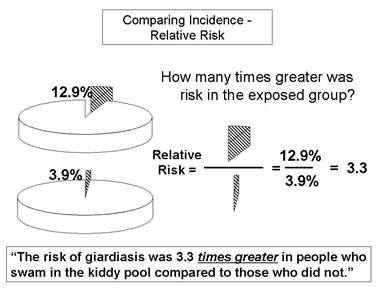



Relative Risk And Absolute Risk Definition And Examples Statistics How To



Q Tbn And9gctxz8owky Sul84xtk4ggzacxwhkmhguhlxwyjj9avufagdrhwm Usqp Cau



Definition And Calculation Of Odds Ratio Relative Risk Stomp On Step1
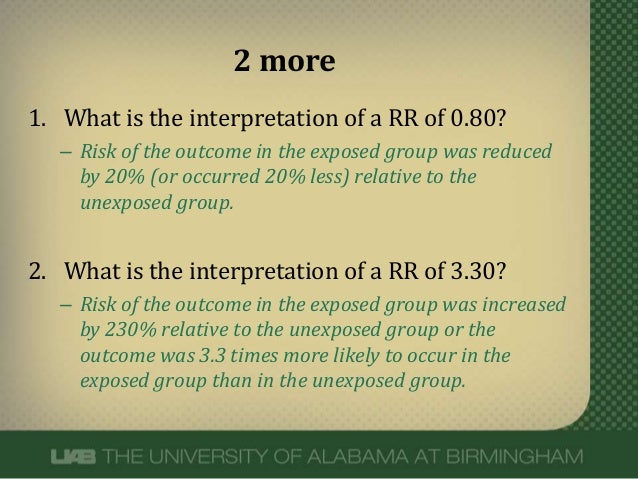



What Does An Odds Ratio Or Relative Risk Mean




Measures Of Effect Relative Risks Odds Ratios Risk Difference And Number Needed To Treat Sciencedirect




Calculation Of Relative Risks Rr And Odd Ratios Or Download Table




What Is The Difference Between The Risk Ratio Rr And The Odds Ratio Or Quora




1 Calculation Of Relative Risk Or Odds Ratio Download Table



Q Tbn And9gcr Ttka12jaocnx Gn3ox9ci1ggq18vcw9359i6hq2cschyusam Usqp Cau




Odds Ratio Litfl Ccc Research




How To Calculate Odds Ratio And Relative Risk In Excel Statology
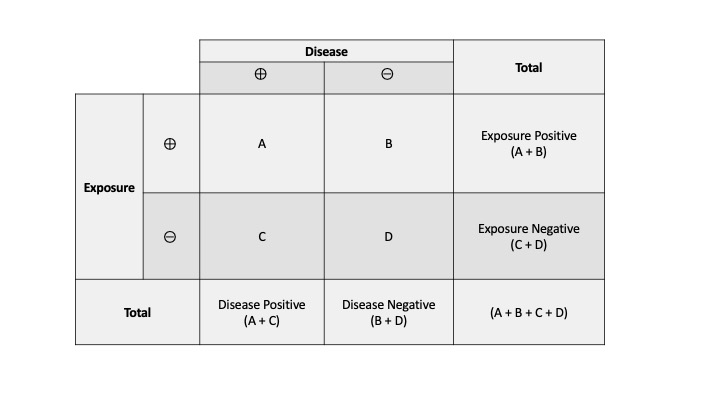



Measures Of Association Stats Medbullets Step 1



Q Tbn And9gcs Pnxsjy3 X0gf842wm6tcfnesq2htc0kvu Tt2rst Svunqcb Usqp Cau
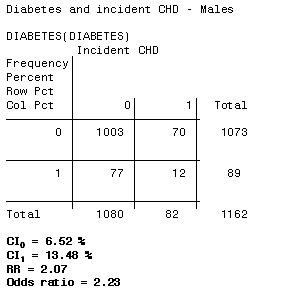



3 5 Bias Confounding And Effect Modification Stat 507
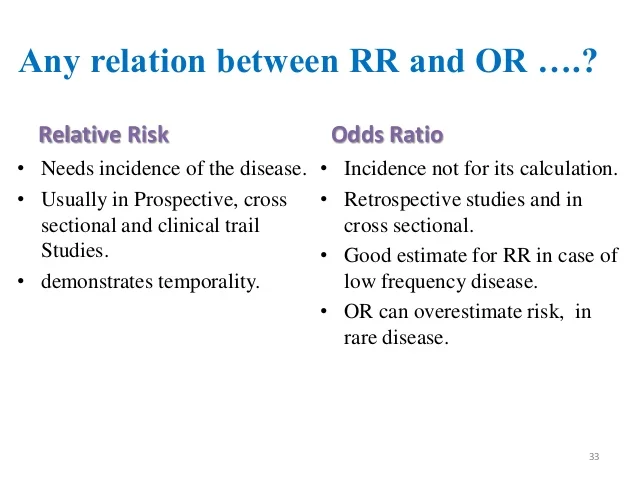



Measuring Of Risk




Relative Risk And Odds Ratio Youtube
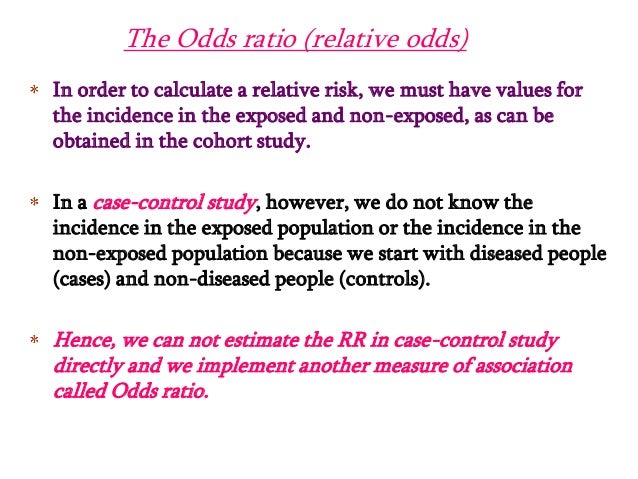



Estimating Risk
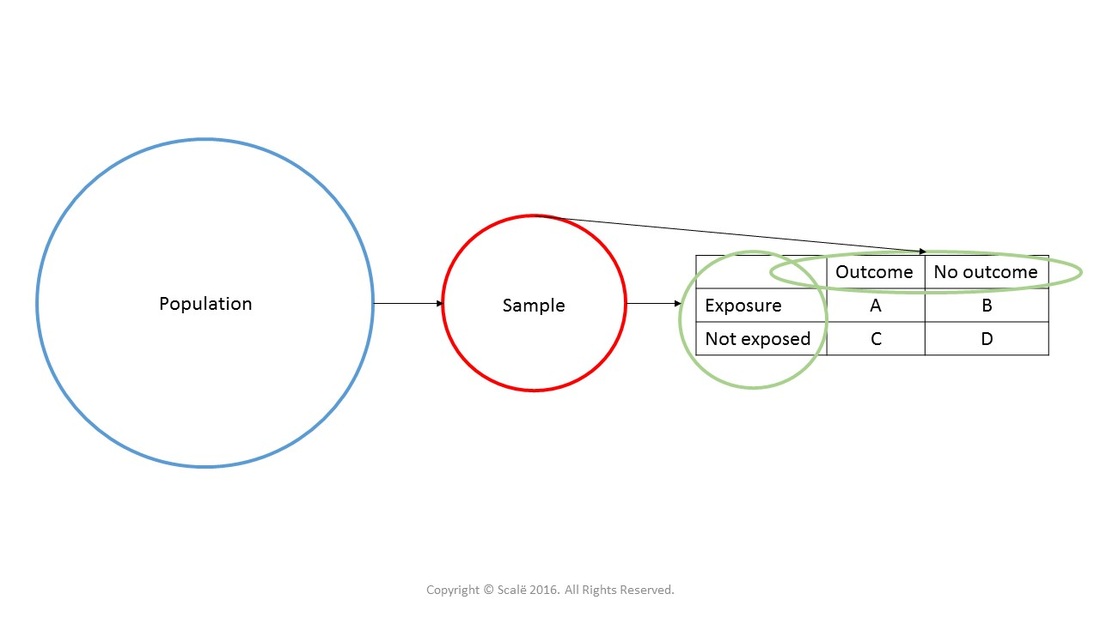



Calculate Relative Risk With 95 Confidence Intervals




In A Meta Analysis Of Adjusted Estimates From Observational Studies Can I Pool Or With Hr And Rr Probably Not How Can I Transform Hr To Or




Questionable Utility Of The Relative Risk In Clinical Research A Call For Change To Practice Journal Of Clinical Epidemiology
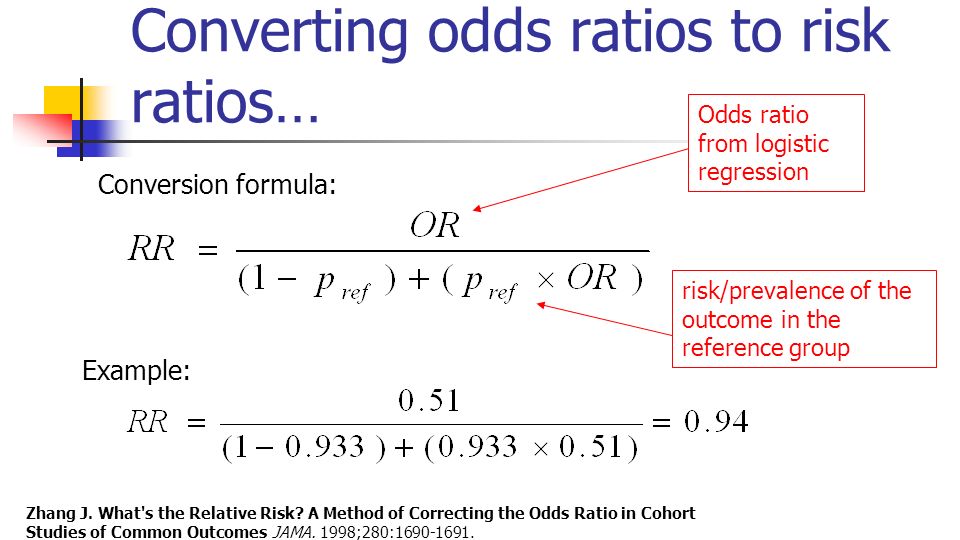



Statistics In Medicine Ppt Download




Relative Risk Odds Ratios Youtube




Statistics Part 13 Measuring Association Between Categorical Data Relative Risk Odds Ratio Attributable Risk Logistic Regression Data Lab Bangladesh




Figure 2 X 2 Table With Statpearls Ncbi Bookshelf




Moving Beyond Odds Ratios Estimating And Presenting Absolute



Studying Studies Part I Relative Risk Vs Absolute Risk Peter Attia




Calculate Relative Risk With 95 Confidence Intervals




Odds Ratio Relative Risk Calculation Definition Probability Odds Youtube




Average Values Measures Of Association N Absolute Risk The Relative Risk And Odds Ratio Provide A Measure Of Risk Compared With A Standard N Attributable Ppt Download
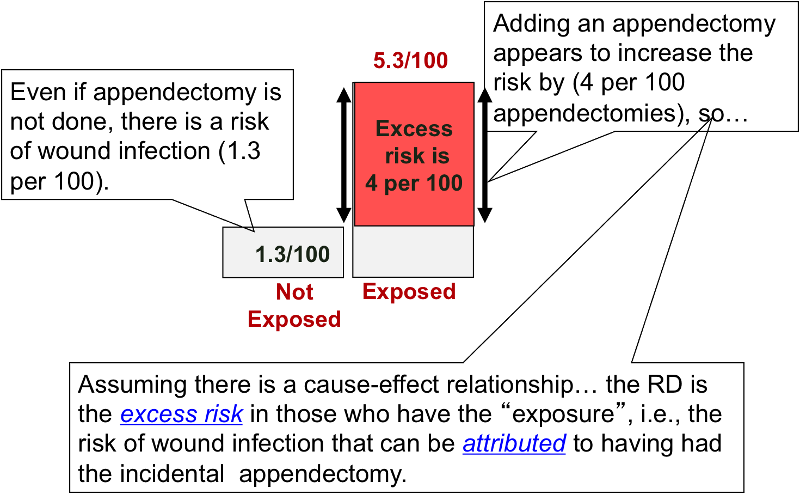



Risk Differences And Rate Differences




Pdf When To Use The Odds Ratio Or The Relative Risk




How To Calculate Odds Ratio And Relative Risk In Excel Statology




How To Interpret And Use A Relative Risk And An Odds Ratio Youtube
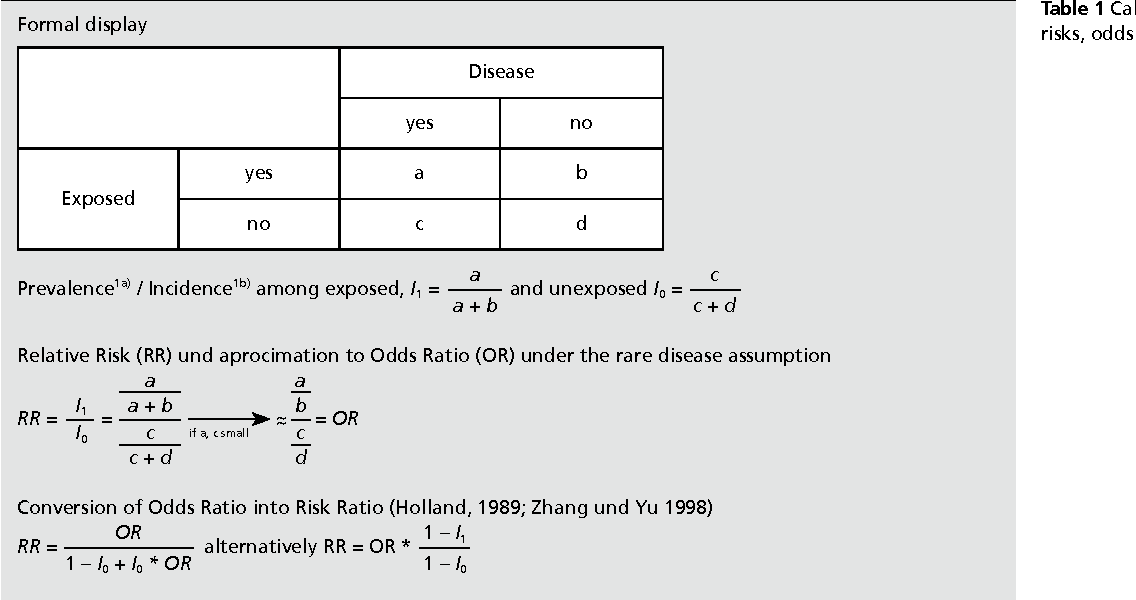



Table 1 From When To Use The Odds Ratio Or The Relative Risk Semantic Scholar




Calculation Of Odds Ratios Or And Relative Risk Rr Derived From Download Scientific Diagram




Pdf Odds Ratio Hazard Ratio And Relative Risk




Odds Ratios And Risk Ratios Youtube




How To Calculate Odds Ratio And Relative Risk In Excel Statology
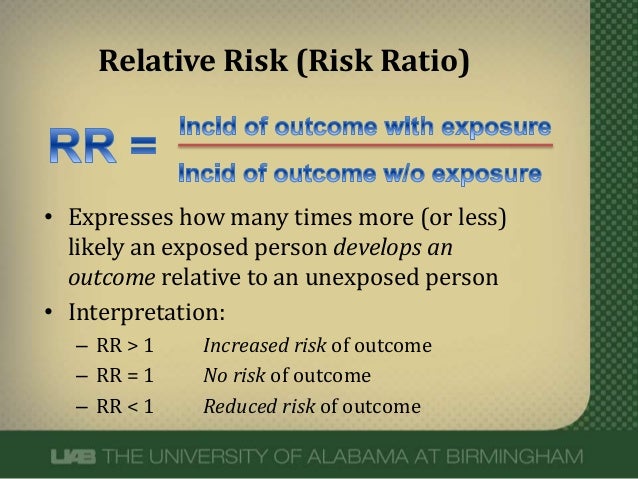



What Does An Odds Ratio Or Relative Risk Mean




Pdf Calculation Of Confidence Intervals For Relative Risk And Odds Ratio Using Statxact Semantic Scholar



Ctspedia Ctspedia Oddsrisk



Ctspedia Ctspedia Riskratio
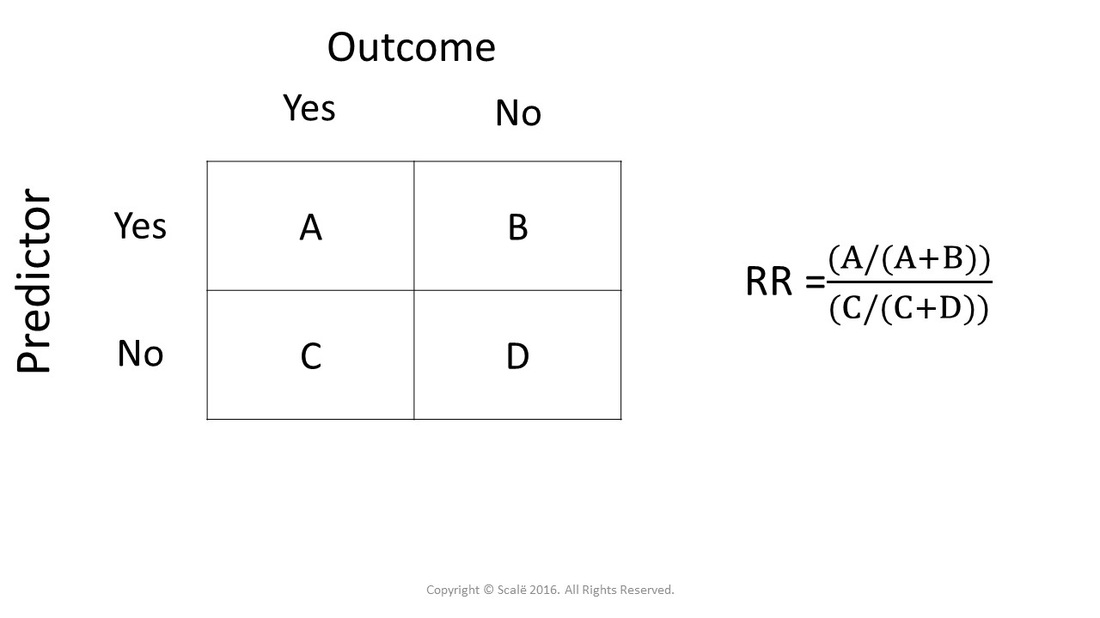



Calculate Relative Risk With 95 Confidence Intervals
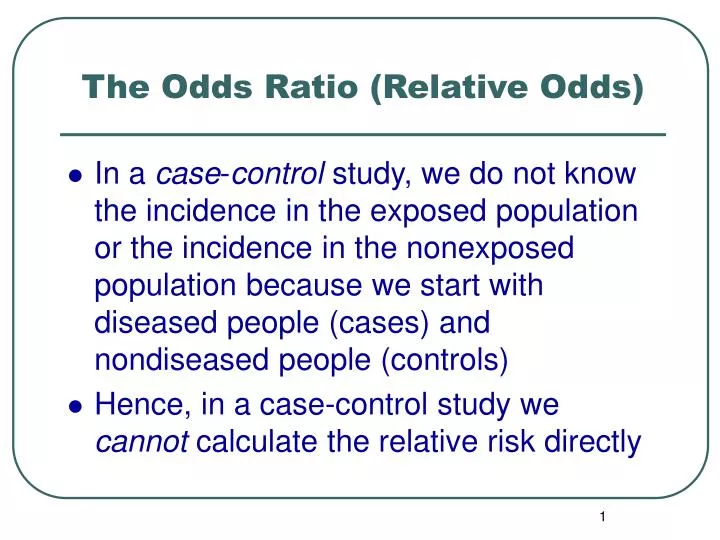



Ppt The Odds Ratio Relative Odds Powerpoint Presentation Free Download Id 6056




The Relationship Between Nnt Calculated From An Odds Ratio Or And An Download Scientific Diagram
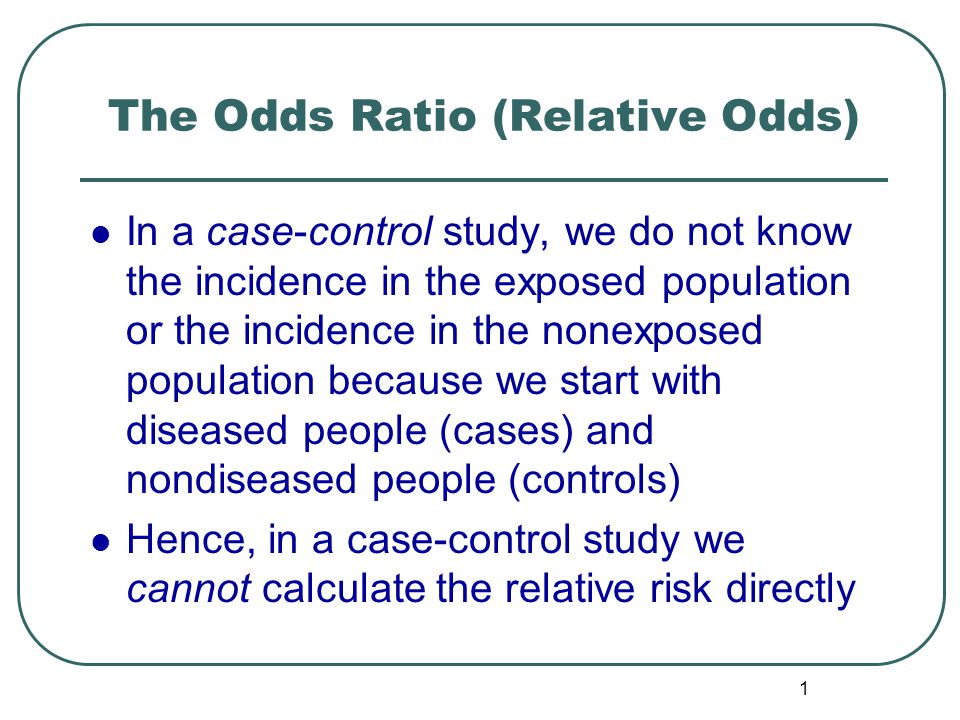



1 The Odds Ratio Relative Odds In A Case Control Study We Do Not Know The Incidence In The Exposed Population Or The Incidence In The Nonexposed Population Ppt Download



Q Tbn And9gcs7g3 Oy3gxo7fbk7uvklwexnnbqcmd7m5bqd Ghq64ww9hd4dh Usqp Cau
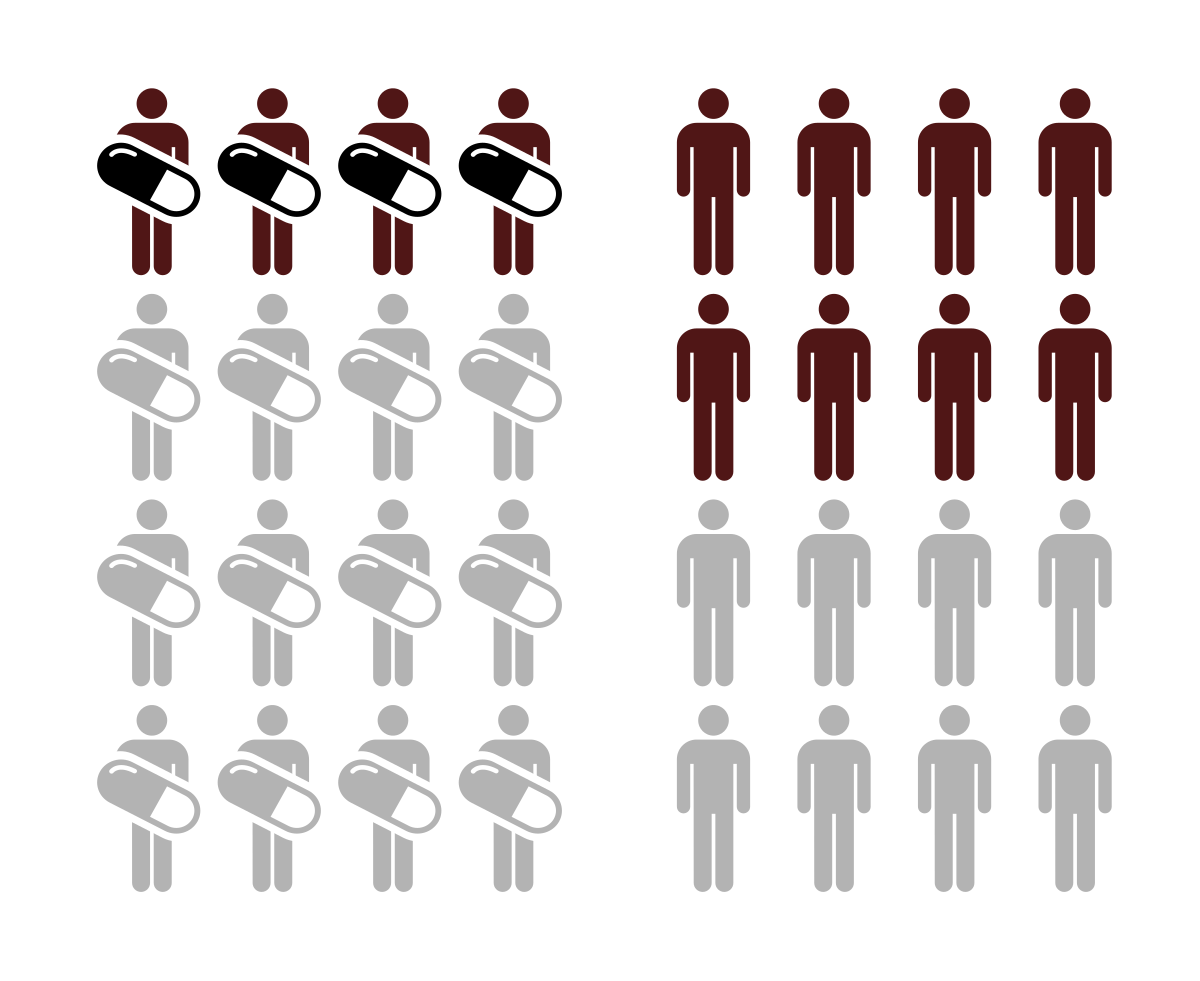



Relative Risk Wikipedia




12 Biostats Ideas Regression Analysis Linear Regression Chi Square
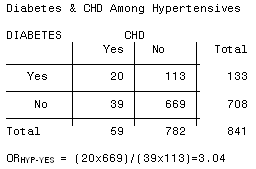



3 5 Bias Confounding And Effect Modification Stat 507




Random And Systematic Errors In Case Control Studies Calculating The Injury Risk Of Driving Under The Influence Of Psychoactive Substances Sciencedirect




Calculation And Interpretation Of Odds Ratio Or And Risk Ratio Rr Youtube




How To Use Odds Ratio
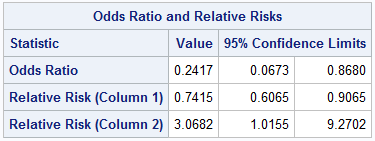



Statistics Basics Odds Ratio And Relative Risk Calculation In Excel Bi Practice




What Is An Odds Ratio And How Do I Interpret It Critical Appraisal
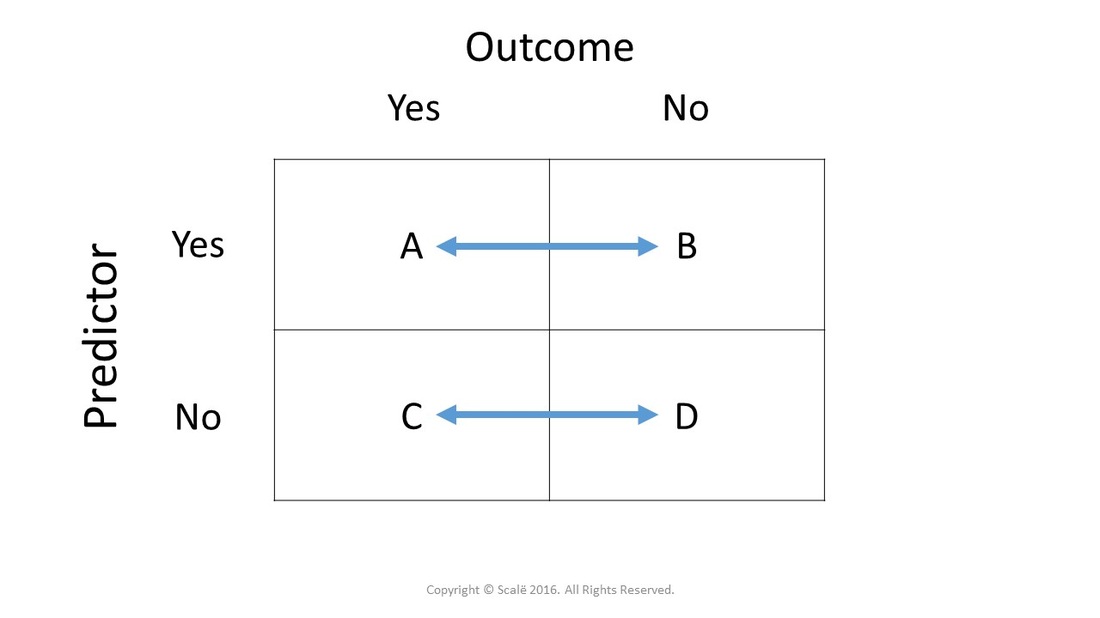



Calculate Relative Risk With 95 Confidence Intervals
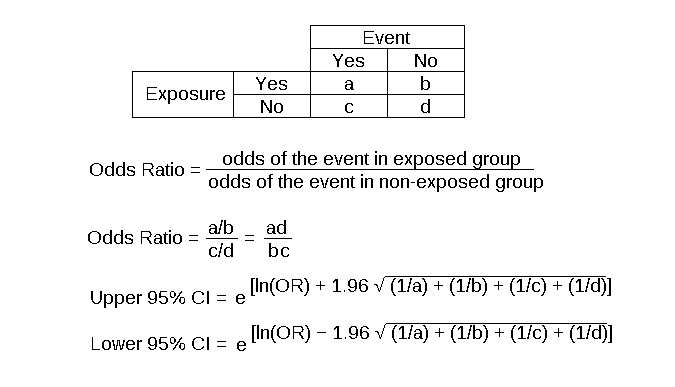



Odds Ratio Article




Bravură Fii Entuziasmat Analitic Odds Ratio Calculator Callumluckwellfinalyear Com



0 件のコメント:
コメントを投稿